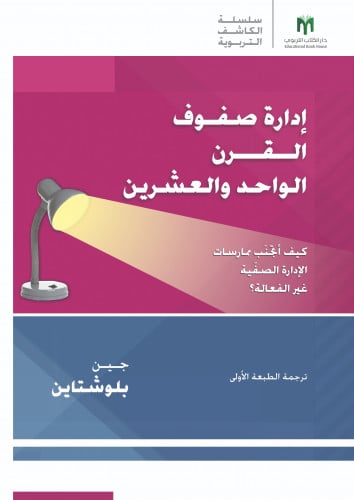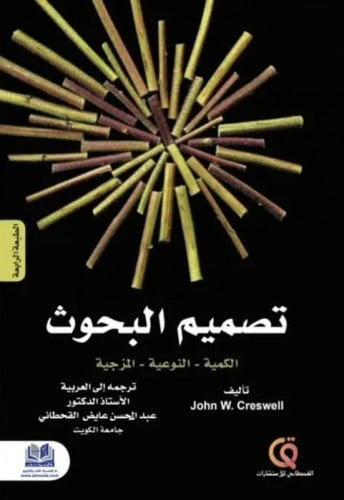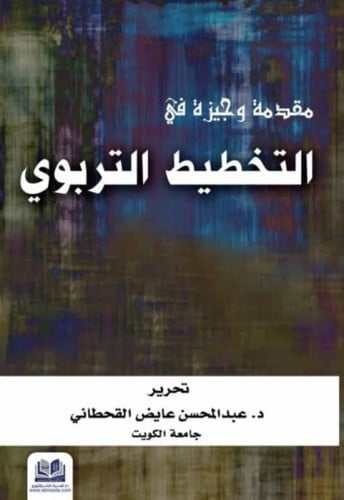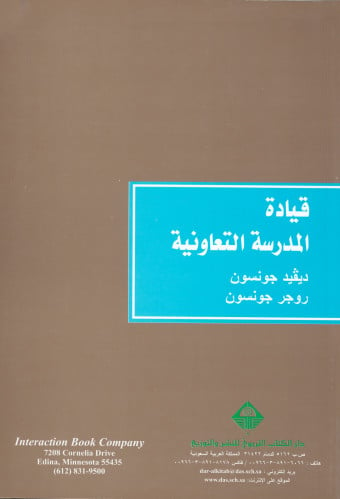AVAILABLE IN ARABIC
About This Book
Discover how to close the knowing-doing gap and transform your school or district into a high-performing professional learning community (PLC). The powerful third edition of this comprehensive action guide from experts Richard DuFour, Rebecca DuFour, Robert Eaker, Thomas W. Many, and Mike Mattos updates and expands on new and significant PLC topics. Explore fresh strategies, tools, and tips for hiring and retaining new staff, creating team-developed common formative assessment, implementing systematic interventions, and more.
Learn how to establish professional learning communities in schools:
- Build a shared knowledge of critical vocabulary and the concepts underlying the PLC process.
- Equip yourself with the knowledge and tools necessary to model effective reciprocal accountability and collective teacher efficacy.
- Make honest assessments of your school and teaching methods by examining conventional practices from a fresh, critical perspective.
- Take immediate and specific steps to close the knowing-doing gap.
- Move beyond creating an action plan for school improvement, and start doing.
Changes for the third edition:
- Two new chapters: One on team-developed common formative assessment strategies and the second on hiring, orienting, and retaining staff members for your PLC
- A stronger focus on districtwide PLC implementation and avoiding common mistakes related to the PLC process
- New insight into clarifying the essential standards necessary in a guaranteed and viable curriculum by establishing a collective understanding of best practices in teaching
- Suggestions for incorporating a focus on learning and deeper knowledge, as opposed to simple recall of information, into curriculum development and teacher-made assessments
- A deeper and more thorough examination of RTI (MTSS) interventions by coauthor Mike Mattos, a leading expert on intervention
- Explicit PLC tools and templates that high-performing districts have used
- An updated research base, including more than one hundred new references and professional learning community examples
- A shift in focus from why educators should implement the PLC process to steps to take immediately in the implementation process
Table Of Content
About the Authors
Introduction to the Third Edition
What’s New in This Edition
A Move From Interest to Commitment
The Format
A Companion Book
A Journey Worth Taking
Chapter 1
A Guide to Action for Professional Learning Communities at Work
What Are Professional Learning Communities?
Three Big Ideas That Drive the Work of a PLC
The PLC Process Requires a Culture That Is Simultaneously Loose and Tight
The Importance of Effective Communication
Why Don’t We Apply What We Know?
Chapter 2
Defining a Clear and Compelling Purpose
Part One: The Case Study—Clarifying Our Purpose
Part Two: Here’s How
Part Three: Here’s Why
Part Four: Assessing Your Place on the PLC Journey
Part Five: Tips for Moving Forward—Building the Foundation of a PLC
Part Six: Questions to Guide the Work of Your Professional Learning Community
Part Seven: Dangerous Detours and Seductive Shortcuts
Chapter 3
Building the Collaborative Culture of a Professional Learning Community
Part One: The Case Study—Are We Engaged in Collaboration or “Co-blaboration”?
Part Two: Here’s How
Part Three: Here’s Why
Part Four: Assessing Your Place on the PLC Journey
Part Five: Tips for Moving Forward—Building a Collaborative Culture Through High-Performing Teams
Part Six: Questions to Guide the Work of Your Professional Learning Community
Part Seven: Dangerous Detours and Seductive Shortcuts
Chapter 4
Creating a Results Orientation in a Professional Learning Community
Part One: The Case Study—Creating a Results Orientation at the School, Team, and Teacher Levels
Part Two: Here’s How
Part Three: Here’s Why
Part Four: Assessing Your Place on the PLC Journey
Part Five: Tips for Moving Forward—Using Goals to Focus on Results
Part Six: Questions to Guide the Work of Your Professional Learning Community
Part Seven: Dangerous Detours and Seductive Shortcuts
Chapte 5
Establishing a Focus on Learning
Part One: The Case Study—What Do We Want Our Students to Learn?
Part Two: Here’s How
Part Three: Here’s Why
Part Four: Assessing Your Place on the PLC Journey
Part Five: Tips for Moving Forward—Clarifying and Monitoring Essential Learning
Part Six: Questions to Guide the Work of Your Professional Learning Community
Part Seven: Dangerous Detours and Seductive Shortcuts
Chapter 6
Creating Team-Developed Common Formative Assessments
Part One: The Case Study—How Do We Know if They Have Learned It?
Part Two: Here’s How
Part Three: Here’s Why
Part Four: Assessing Your Place on the PLC Journey
Part Five: Tips for Moving Forward—Using Common Formative Assessments
Part Six: Questions to Guide the Work of Your Professional Learning Community
Part Seven: Dangerous Detours and Seductive Shortcuts
Chapter7
Responding When Some Students Don’t Learn
Part One: The Case Study—Systematic Interventions Versus an Educational Lottery
Part Two: Here’s How
Part Three: Here’s Why
Part Four: Assessing Your Place on the PLC Journey
Part Five: Tips for Moving Forward—Creating Systematic Interventions and Extensions to Ensure Students Receive Additional Time and Support for Learning
Part Six: Questions to Guide the Work of Your Professional Learning Community
Part Seven: Dangerous Detours and Seductive Shortcuts
Chapter7
Hiring, Orienting, and Retaining New Staff
Part One: The Case Study—The Disruption of Adding New Staff
Part Two: Here’s How
Part Three: Here’s Why
Part Four: Assessing Your Place on the PLC Journey
Part Five: Tips for Moving Forward—Selecting and Retaining Staff
Part Six: Questions to Guide the Work of Your Professional Learning Community
Part Seven: Dangerous Detours and Seductive Shortcuts
Chapter8
Addressing Conflict and Celebrating in a Professional Learning Community
Part One: The Case Study—Responding to Resistance
Part Two: Here’s How
Part Three: Here’s Why
Part Four: Assessing Your Place on the PLC Journey
Part Five: Tips for Moving Forward—Addressing Conflict and Celebrating
Part Six: Questions to Guide the Work of Your Professional Learning Community
Part Seven: Dangerous Detours and Seductive Shortcuts
Chapter 9
Implementing the Professional Learning Community Process Districtwide
Part One: The Case Study—The High Cost of Failing to Speak With One Voice
Part Two: Here’s How
Part Three: Here’s Why
Part Four: Assessing Your Place on the PLC Journey
Part Five: Tips for Moving Forward—Implementing a Districtwide PLC Process
Part Six: Questions to Guide the Work of Your Professional Learning Community
Part Seven: Dangerous Detours and Seductive Shortcuts
Conclusion
The Fierce Urgency of Now
When We Know Better We Have an Obligation to Do Better
References and Resources
Index
About the Authors
Thomas W. Many:
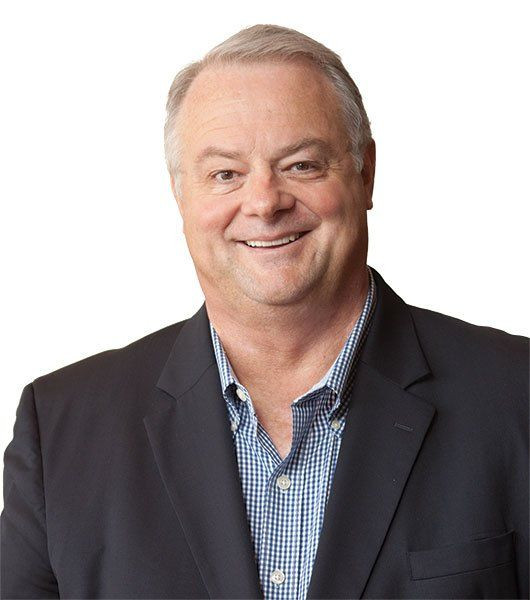
Thomas W. Many, EdD, works with teachers, adminis¬trators, school boards, parents, and other education stake-holders on organizational leadership, implementation and change, and PLC at Work strategies and concepts.
Dr. Many’s long and distinguished career includes twenty years of experience as a superintendent. He has also served as a classroom teacher, learning center director, curriculum supervisor, principal, and assistant superintendent.
As former superintendent of Kildeer Countryside Community Consolidated School District 96 in Illinois, Dr. Many used the tenets of the PLC at Work process to ensure high levels of learning for all students. He played a key role in preparing elementary and middle-grade students to enter Adlai E. Stevenson High School, a nationally recognized PLC. Under Dr. Many’s leadership, student achievement in District 96 improved every year for twelve consecutive years. More than 95 percent of all stu¬dents now meet or exceed state standards. The district has been especially effective in helping students with special needs improve their academic performance. It has become recognized as one of the premier elementary school districts in the United States. A dedicated PLC practitioner, he is a compelling and sought-after speaker.
Dr. Many has written numerous articles and has coauthored books.
To learn more about Dr. Many’s work, visit AllThingsPLC (www.allthingsPLC.info).
To book Mike Mattos, Richard DuFour, Rebecca DuFour, Robert Eaker, or Thomas W. Many for professional development, contact [email protected].
Mike Mattos:

Mike Mattos is an internationally recognized author, pre¬senter, and practitioner who specializes in uniting teachers, administrators, and support staff to transform schools by implementing the response to intervention (RTI) and PLC processes. Mike co-created the RTI at Work™ model, which builds on the foundation of the PLC at Work process to successfully create systematic, multitiered systems of support to ensure high levels of learning for all students. He is former principal of Marjorie Veeh Elementary School and Pioneer Middle School in California. At both schools, Mike helped create powerful PLCs, improving learning for all students. In 2004, Marjorie Veeh, an elementary school with a large population of youth at risk, won the California Distinguished School and National Title I Achieving School awards.
A National Blue Ribbon School, Pioneer is among only thirteen schools in the United States selected by the GE Foundation as a Best-Practice Partner and is one of eight schools chosen by Richard DuFour to be featured in the video series The Power of Professional Learning Communities at Work™: Bringing the Big Ideas to Life. Based on standardized test scores, Pioneer ranks among the top 1 percent of California secondary schools and, in 2009 and 2011, was named Orange County’s top middle school. For his leadership, Mike was named the Orange County Middle School Administrator of the Year by the Association of California School Administrators.
To learn more about Mike’s work, visit AllThingsPLC (www.allthingsPLC.info), and follow him on Twitter @mikemattos65.
Richard DuFour:
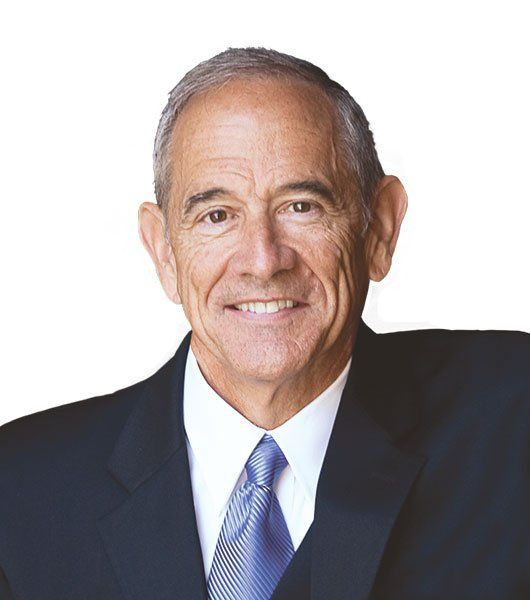
Richard DuFour, EdD, was a public school educator for thirty-four years, serving as a teacher, principal, and super-intendent. During his nineteen-year tenure as a leader at Adlai E. Stevenson High School in Lincolnshire, Illinois, Stevenson was one of only three schools in the United States to win the U.S. Department of Education Blue Ribbon Award on four occasions and the first comprehensive high school to be designated a New America High School as a model of successful school reform. He received his state’s highest award as both a principal and superintendent.
A prolific author and sought-after consultant, Dr. DuFour is recognized as one of the leading authorities on helping school practitioners implement the PLC at Work process in their schools and districts.
Dr. DuFour was presented the Distinguished Scholar Practitioner Award from the University of Illinois and was the 2004 recipient of the National Staff Development Council’s Distinguished Service Award.
To learn more about Dr. DuFour’s work, visit AllThingsPLC (www.allthingsPLC .info).
Rebecca DuFour:
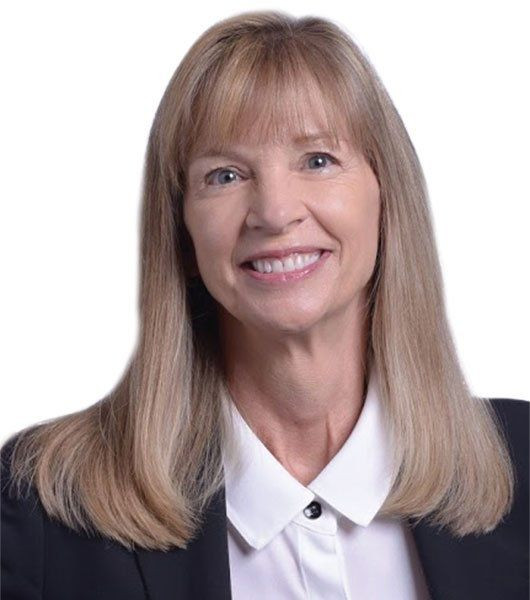
Rebecca DuFour has served as a teacher, school adminis¬trator, and central office coordinator. As a former elemen¬tary principal, she helped her school earn state and national recognition as a model PLC. She is coauthor of numerous books, articles, and a video series on the topic of PLCs.
Serving as a consultant for more than fifteen years, Becky brings more than thirty-five years of professional experience to her work with educators around the world who are imple¬menting the PLC process in their own organizations.
Becky is the recipient of the Distinguished Alumni Award of Lynchburg College.
To learn more about Becky’s work, visit AllThingsPLC (www.allthingsPLC.info).
Robert Eaker:
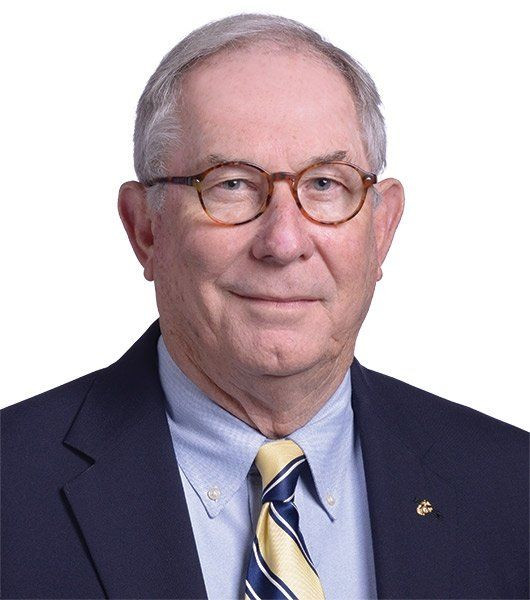
Robert Eaker, EdD, is professor emeritus at Middle Tennessee State University, where he also served as dean of the College of Education and interim vice president and provost. Dr. Eaker is a former fellow with the National Center for Effective Schools Research and Development. He has written widely on the issues of effective teaching, effective schools, helping teachers use research findings, and high expectations for student achievement. Dr. Eaker was instrumental in the founding of the Tennessee Teachers Hall of Fame and was a reg¬ular contributor to the Effective Schools Research Abstracts series.
To learn more about Dr. Eaker’s work, visit AllThingsPLC (www.allthingsPLC.info).
SBN: 9786038147658
Author: Richard DuFour, Rebecca DuFour, Robert Eaker, Thomas W. Many, Mike Mattos
Publisher: Educational Book House
Publish Year: 2022
Size: 17x24cm
Pages number: 408



